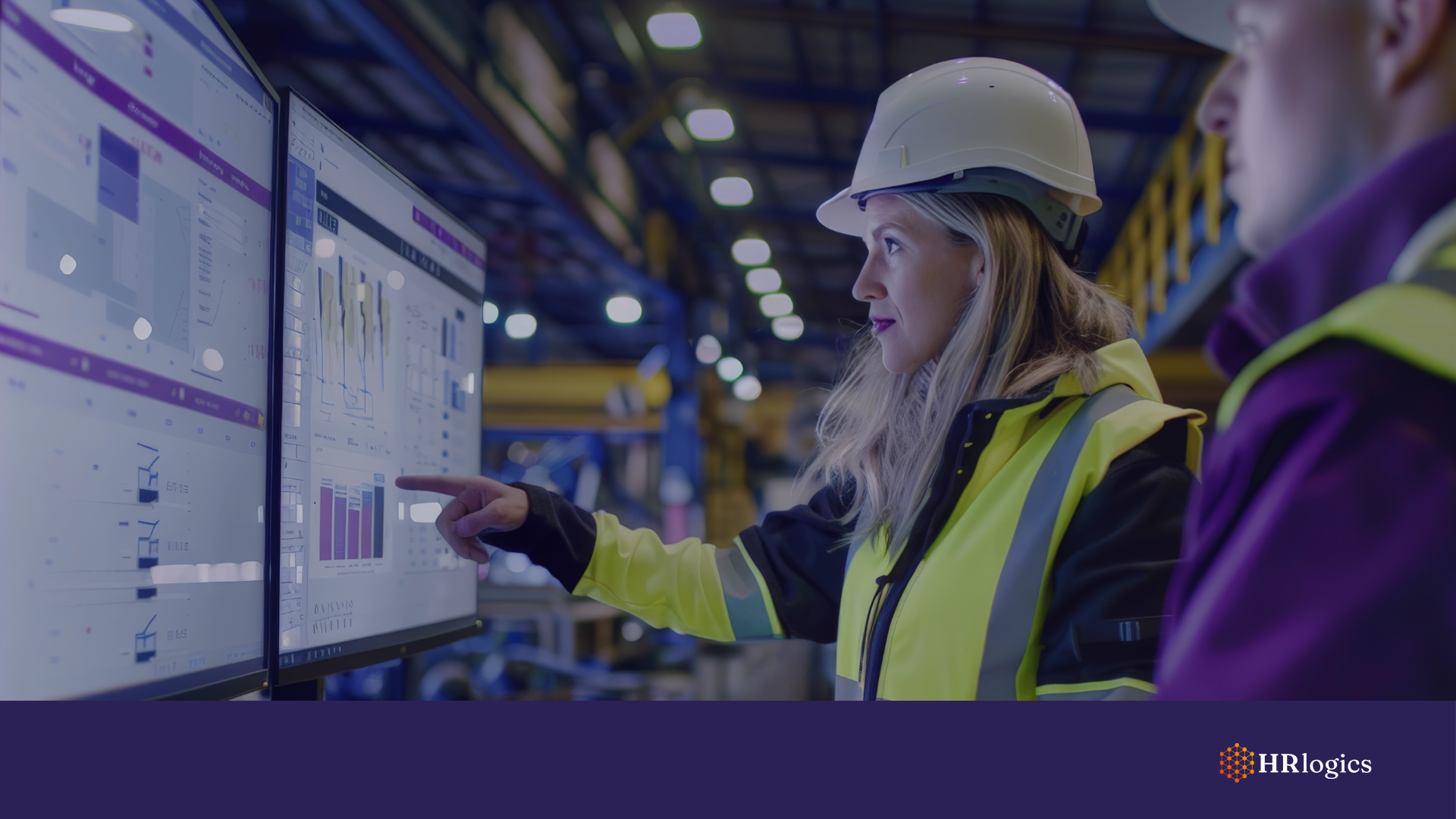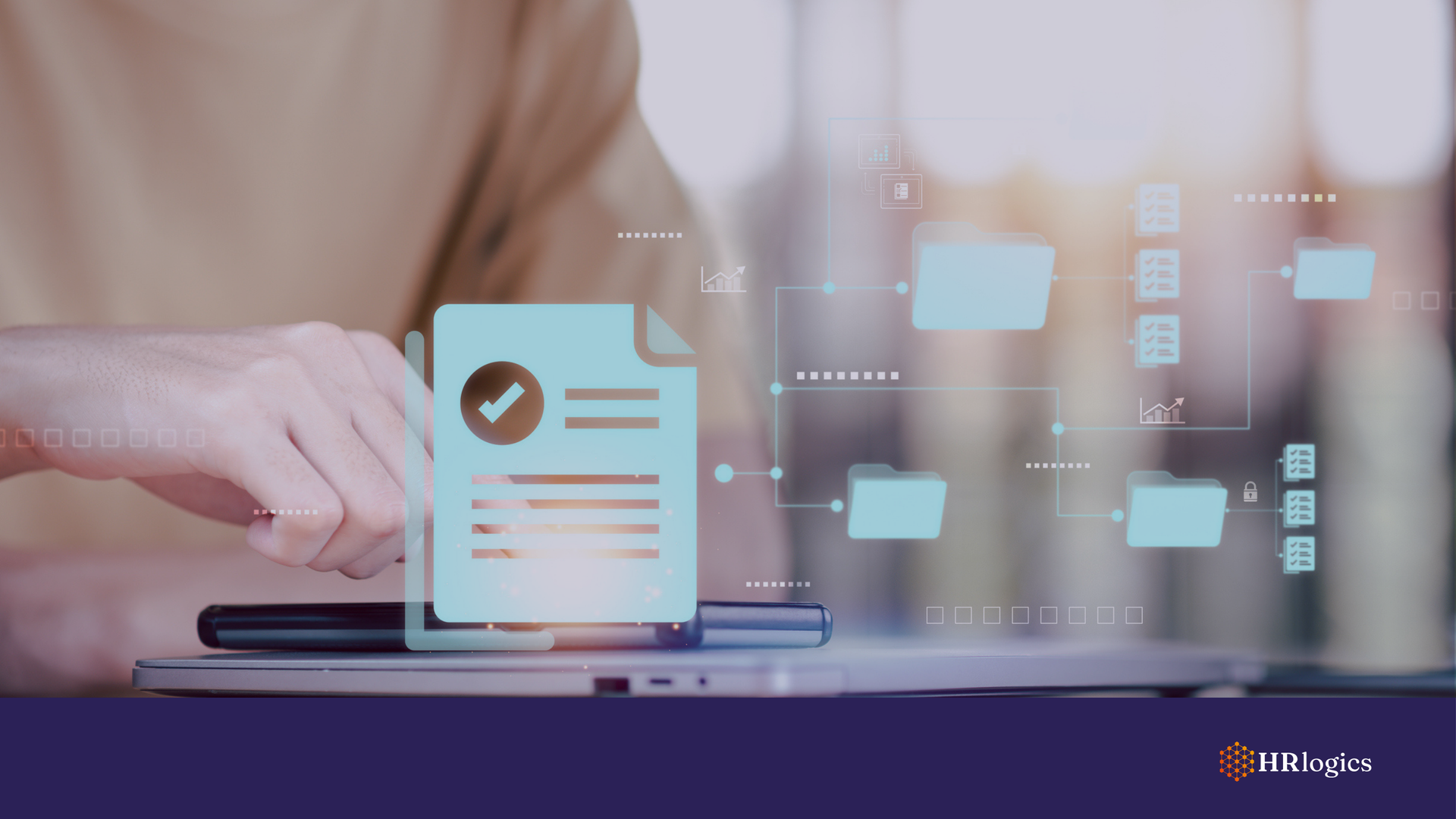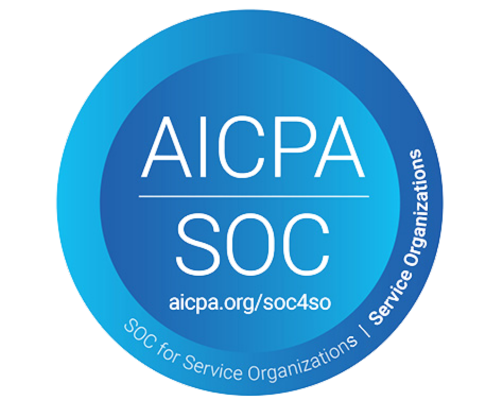Standalone I-9 vs. Integrated: Why Tying Compliance to Other Systems Can Backfire

Avoiding Compliance Risks and Vendor Lock-In
For many HR teams, I-9 compliance is just another feature within their payroll, ATS, or background check system. It seems convenient—until a vendor change is needed.
At that point, I-9 compliance stops being an afterthought and becomes a costly, risky, and complicated problem.
Because when an I-9 solution is integrated into another system, switching vendors doesn’t just mean changing payroll or background checks—it means migrating your entire I-9 archive. And for large organizations, that can mean:
- Unexpected costs: many vendors charge fees both to import I-9s and release them when you leave.
- Compliance risks: migrations require data validation, audits, and potential legal exposure.
- Disruptions to HR operations: I-9 records must be preserved, but transitions rarely happen seamlessly.
This is why many HR teams are rethinking whether I-9 compliance should be tied to any other system.
The Problem With I-9s Tied to Payroll, ATS, and Background Checks
At first glance, an integrated I-9 system seems practical. If it’s already part of payroll, ATS, or a background check provider, why not keep everything in one place?
The problem is that HR rarely keeps the same vendors forever.
- Payroll systems get replaced for better functionality or cost savings.
- Background check providers change when pricing or service levels shift.
- ATS platforms evolve, and companies upgrade to keep up.
When I-9 compliance is bundled into one of these systems, switching vendors means HR must also migrate all I-9 records to a new platform—a process that can be both expensive and risky.
And here’s the catch: some vendors charge companies twice - once to import I-9s into their system and again to release them when the company decides to leave.
For example, if a vendor charges $4 per I-9 on import and another $4 per I-9 on export, a company with 100,000 I-9s could be looking at $800,000 in migration costs alone - just to move their records from one system to another.
It’s not just about money, either. The process of migrating I-9s can introduce compliance risks if records are lost, mishandled, or fail verification audits during the transition.
This is why many HR leaders are starting to question: Does I-9 compliance really belong inside another system?
Standalone I-9 Solutions Keep Compliance the Priority
One of the biggest benefits of using a standalone I-9 solution is that it is built with compliance as the primary focus - unlike integrated solutions, which often treat I-9s as a secondary feature.
With a standalone I-9 solution, HR teams benefit from:
- Up-to-date compliance tools: ensuring adherence to changing I-9 and E-Verify regulations.
- Better audit preparedness: with easy access to I-9 records without being tied to another system.
- Stronger security controls: since these platforms are purpose-built for sensitive compliance records.
- Consistency across HR changes: keeping compliance stable, no matter what happens with payroll, ATS, or background checks.
Companies using integrated I-9 solutions often struggle to ensure compliance when their primary vendor isn’t focused on I-9 regulations. When payroll or ATS providers update their systems, compliance tools may lag, leaving HR teams at risk.
By contrast, standalone I-9 solutions evolve with compliance requirements first, ensuring organizations stay protected.
Breaking Free from Vendor Lock-In
To avoid these challenges, more companies are moving to standalone I-9 solutions—systems not tied to payroll, ATS, or background checks.
With a standalone I-9, HR teams:
- Keep I-9 records independent: switch payroll, ATS, or background checks without disrupting compliance.
- Avoid vendor lock-in: no more being stuck with a system just to avoid migration costs.
- Reduce compliance risks: no record loss, no revalidation errors, and no migration-induced exposure.
- Eliminate hidden migration fees: since I-9s are stored separately, there’s no need to pay import/export fees.
With this approach, I-9 compliance stays stable—no matter what happens with payroll, ATS, or background check vendors.
The Bottom Line: Don’t Let I-9 Compliance Be a Moving Target
HR systems evolve, vendors change, and technology improves - but I-9 compliance should stay consistent.
When I-9s are tied to another system, switching vendors forces unnecessary migrations, introduces compliance risks, and creates hidden costs.
A standalone I-9 solution ensures HR owns compliance on its terms - not based on which payroll or background check vendor they’re using.
If your company has ever faced unexpected I-9 migration fees, compliance challenges, or vendor lock-in, it may be time to rethink how I-9s are managed. How does your company handle I-9 compliance today? I would love to hear your thoughts.





